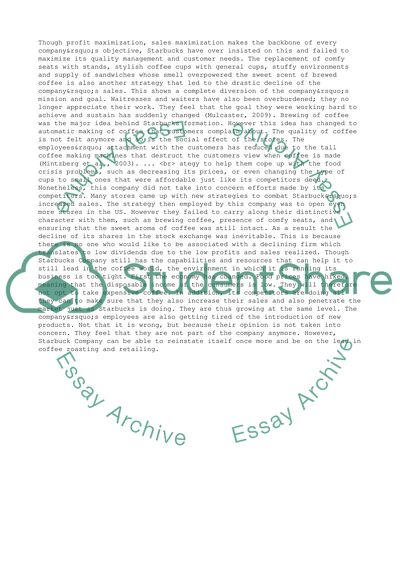Cite this document
(“The Current Position of Starbucks Essay Example | Topics and Well Written Essays - 3000 words”, n.d.)
Retrieved from https://studentshare.org/business/1397429-strategy-concepts-and-applications
Retrieved from https://studentshare.org/business/1397429-strategy-concepts-and-applications
(The Current Position of Starbucks Essay Example | Topics and Well Written Essays - 3000 Words)
https://studentshare.org/business/1397429-strategy-concepts-and-applications.
https://studentshare.org/business/1397429-strategy-concepts-and-applications.
“The Current Position of Starbucks Essay Example | Topics and Well Written Essays - 3000 Words”, n.d. https://studentshare.org/business/1397429-strategy-concepts-and-applications.


